I.R. Coelho v. State of Tamil Nadu, 2007 (2) SCC 1
- ByPravleen Kaur --
- 06 Jan 2025 --
- 0 Comments
I.R. Coelho v. State of Tamil Nadu, 2007 (2) SCC 1
- Glanrock Estate (P) Ltd vs The State Of Tamil Nadu, [WRIT PETITION (CIVIL) NO. 242 OF 1988]
- K. Krishna Murthy & Ors vs Union Of India & Anr., [WRIT PETITION (CIVIL) NO. 356 OF 1994]
- K.T. Plantation Pvt. Ltd. & Anr vs State Of Karnataka, [CIVIL APPEAL NO.6520 OF 2003]
- Dropti Devi & Anr vs Union Of India & Ors., [WRIT PETITION (Crl. ) NO. 65 OF 2010]
- Rajiv Sarin & Anr vs State Of Uttarakhand & Ors., [CIVIL APPEAL NO. 4772 OF 1998]
- A.K.Behera vs Union Of India & Anr., [Writ Petition (Civil) No. 261 of 2007]
- Suresh Kumar Koushal & Anr vs Naz Foundation & Ors., [CIVIL APPEAL NO.10972 OF 2013]
- Pramati Educational & Cultural ... vs Union Of India & Ors., [WRIT PETITION (C) No. 416 OF 2012]
- Renu & Ors vs District & Sess.Judge Tishazri & ..., [CIVIL APPEAL NO. 979 OF 2014]
- Nagbhai Najbhai Khackar vs State Of Gujarat, [CIVIL APPEAL NO.7519 OF 2010]
- State Of Tamil Nadu vs State Of Kerala & Anr., [ORIGINAL SUIT NO. 3 OF 2006]
- Dr.Subramanian Swamy vs Director, Cbi & Anr., [WRIT PETITION (CIVIL) NO. 38 OF 1997]
- State Of Maharashtra & Anr vs Indian Hotel & Retaurants Assn.& ..., [CIVIL APPEAL NO.2705 OF 2006]
- Rekha vs State Of T.Nadu Tr.Sec.To Govt.& ..., [CRIMINAL APPEAL NO(s). 755 OF 2011]
The nine judges' Bench presided by Mr. Justice Y.K. Sabharwal, the then C.J.I. delivered a unanimous verdict on 11.1.2007 in I.R. Coelho (dead) by L.Rs. v. State of Tamil Nadu and others, upholding the 'Basic Structure Doctrine', and the authority of the judiciary to review any such laws , which destroy or damage the basic structure as indicated in Art.21 read with Art.14, Art.19 and the principles underlying there under, even if they have been put in 9th Schedule after 14th April, 1973. This case is popularly known as The Ninth Schedule Case.
This case is famously known as the Ninth Schedule case due of the politics involved and the exhaustive discussions on the validity of the Article 31 (b) of our Indian Constitution.
Brief Facts:
The Gudalur Janmann Estates (Abolition and Conversion into Ryotwari), Act, 1969, in so far as it vested forest lands in the Janman estates in the State of Tamil Nadu, was struck down by the Court in Balmadies Plantations Ltd and Anr. v. State of Tamil Nadu because this was not found to be a measure of agrarian reform protected by Article 31-A of the Constitution. Section 2(c) of the West Bengal Land Holding Revenue Act, 1979 was struck down by the Calcutta High Court as being arbitrary and, therefore, unconstitutional and the special leave petition filed against the judgment by the State of West Bengal was dismissed.
Consequently, by the Constitution (Thirty-Fourth 34th Amendment) Act, and the Constitution (Sixty – Sixth 66th Amendment) Act, the Janman Act and the West Bengal Land Holding Revenue, Act. 1979, in its entirety was inserted in the Ninth Schedule. These insertions were the subject matter of challenge before a Five Judges Bench. It rests on two counts:
(1) Judicial review is a basic feature of the Constitution and to insert in the Ninth Schedule an Act which, or part of which, has been struck down as unconstitutional in exercise of the power of judicial review, is to destroy or damage the basic structure of the Constitution.
(2) To insert in the Ninth Schedule after 24.4.1973, an Act which, or part of which, has been struck down as being violative of the fundamental rights conferred by Part III of the Constitution is to destroy or damage its basic structure.
The Constitution Bench observed that, according to Waman Rao and v/s Union of India. Amendments to the Constitution made on or after 24th April, 1973, inclusion of various Acts, regulations therein are open to challenge on the ground that they, or any one or more of them, are beyond the Constituent Power of Parliament since they damage the basic or essential features of the Constitution or its basic structure. But, subsequently in the decisions of Minerva Mills Ltd v/s Union of India. And Maharao Sahib Shri Bhim Singhji v. Union of India. it was observed that the judgment in Waman Rao needs to be reconsidered by a larger Bench, and that if any act, rules or regulations inserted in the Ninth Schedule is found to be violative of Articles 14, 19 and 31 can be included in the Ninth Schedule or whether it is only constitutional amendment amending the Ninth Schedule which damages or destroys the basic structure of the Constitution that can be struck down.
Now, I.R. Coelho (dead) by L.Rs. v. State of Tamil Nadu case.
The present case is entirely relied upon and the judgment is based upon the very famous case of His Holiness Kesavananda Bharti Sripadagalvaru v. State of Kerala and Anr. [(1973) 4 SCC 225; A.I.R. 1973 S.C. 1461].
The contentions rose were:
1. Is it permissible to make the 9th Schedule immunized from the Judicial Review of the Supreme Court?
2. Whether the Basic Structure test would include Judicial Review of Ninth Schedule laws on the touchstone of Fundamental Rights?
1. Is it permissible to make the Ninth Schedule immunized from the Judicial Review of the Supreme Court?
No, it is absolutely not permissible to make the Ninth Schedule immunized from the Judicial Review of the Constitution.
As it has been said that the Doctrine of Basic Structure is the very essence of the Constitution of India and therefore, there cannot be any act, rules or regulations which can overrule the Basic Structure doctrine. Since, the Fundamental Rights forms a part of the Basic structure, therefore, every act inserted in the Ninth Schedule has to undergo the Fundamental Rights test.
The Fundamental Rights test means that the law etc. which has been inserted in the Ninth Schedule has to be tested that whether they are transgressing their border and violating the Part III of the Constitution. If they are seen and observed that they are doing so then, that law, rule or regulation would be said to be inconsistent to the Fundamental Rights and hence liable to be struck down from the Constitution.
As Hon’ble Justice Khanna in Kesavananda Bharti v. State of Kerala had observed that the Legislature can frame any law for any part of the country, but that law should not violate the Fundamental Rights of the citizens of India. The power to make any law at will that transgresses Part III in its entirety or even partially, would be incompatible with the Basic Structure of the Constitution.
As we all know, that all those rules, acts etc. which are not in consistence with Article 14, 19 or 31 are to be placed in the Ninth Schedule, the basic motive behind inserting the Ninth Schedule in the Constitution, and then to insert the laws which are not in consistent with Fundamental Rights was to make all those laws, rules and regulations immune from the Supreme Court’s power of Judicial Review.
Since, Ninth Schedule is the part and the parcel of the Indian Constitution, no additions or alterations can be made therein without complying with the restrictive provisions governing the amendments of the Constitution. The Basic Feature phenomenon cannot be altered with the wish of the Legislature under Article 368 of the Constitution.
The Amendment provision is there only for making the Constitution and the provisions more effective and useful for the society. And therefore, this provision should not in contrary provide the abrogation and destruction to the Constitution and the citizens who are governed by it.
The legislature & the executive are politically partisan bodies. They have certain commitment and some programmes which they wish to implement. They therefore cannot be trusted with the final power of the constitutional interpretation. They often bend the constitution to suit their own ends and policies. The judiciary therefore can be expected to expound the constitution with a sense of detachment.
It is not settle that power of Judicial Review is part of basic structure of the constitution and this said power cannot be taken away even by a constitutional amendment. It is the duties of the Supreme Court to upheld the constitutional values and enforce constitutional limitation as the ultimate interpreter of the constitution. The degree of invasion is for the court to decide.
The greater the invasion into the essential freedoms, greater is the need for justification and determination by court whether invasion was necessary and if so, then to what extent.
The Framers of the Constitution have built a wall around certain parts of the Fundamental Rights, which have to remain forever, limiting ability of majority to intrude upon by them. Therefore, every inclusion in the Ninth Schedule is subject to the Judicial Review and hence triggers Article 32 in the field.
Therefore, the amendment of the Constitution should be said to be ultra virus if the amendment transgress the boundaries of the limitations which has been imposed on the amending power on the touch stone of the Constitution.
2. Whether the Basic Structure test would include Judicial Review of Ninth Schedule laws on the touchstone of the Fundamental Rights?
Yes, the Basic Structure test would include Judicial Review of Ninth Schedule laws on the touchstone of the Fundamental Rights.
Basic Structure is the very basic and also the most important organ of the Constitution. On the contrary, the definition has not been given anywhere in the Constitution, but the Supreme Court in the Kesavananda Bharti v. State of Kerala [A.I.R. 1973 S.C. 1461] case sought to define the Basic Structure. The consequence of the evolution of the principles of Basic Structure is that Ninth Schedule laws cannot be conferred with constitutional immunity of the kind created by Article 31B.
The court held that the Basic Structure is the fundamental aspects of the Constitution which cannot be abridged or destroyed. Some of the phenomenon of the Basic Structure is Judicial Review; Arts.32 and 226; Federalism; Secularism; The sovereign, democratic, republican structure; Freedom and dignity of the individual; Unity and integrity of the Nation.
Looking upon Justice Khanna's opinion in the Kesavananda Bharti's case, we can notice that the fundamental rights can be amended, abrogated or abridged so long as the Basic Structure of the Constitution is not destroyed. Moreover, Article 32 is the very part of the Fundamental Rights chapter and therefore, the inclusion of an act in 9th Schedule does not exclude the check of Part III including that of Art.32.
The absence of such guidelines for exercising such power means absence of constitutional control would result in destruction of constitutional supremacy and creation of parliamentary hegemony. The Parliament has the power to amend the provisions of Part III, but subject to the limitations of the Basic Structure doctrine. Since full judicial review is also integral part of the constitutional scheme, the essence of the principles behind Art.14, 19 and 21 are also part of Basic Structure.
A law inserted in the Ninth Schedule or in any other part of the Constitution would either abrogate or abridge the rights guaranteed in the Part III of the Constitution may violate the Basic Structure doctrine or may not. If the above condition is tested to be positive, then law would be in validated by the Judicial Review power of the court.
The Constitutional validity of the Ninth Schedule laws on the touchstone of the Basic Structure doctrine, which can be adjudged by applying the direct impact and effect of the right’s test. This test would see the determinative factor of the law and not the particular law.
In the two very famous cases of the Supreme Court i.e. Kesavananda Bharti v. State of Kerala [A.I.R. 1973 S.C. 1461] and Smt. Indira Nehru Gandhi v. Raj Narain [A.I.R. 1975 S.C. 2299], the Supreme Court in a majority held that each new constitutional amendment would be determined in its own merits. The actual effect and impact of the law on the rights guaranteed under the Part III of the Constitution has to be taken into account for determining whether or not a law is violating the Basic Structure doctrine.
The doctrine of basic Structure is an axiom, and therefore it is the invasion of a person’s of the society’s rights which is violated then this doctrine is attracted. The Parliament’s power to amend the Constitution under Article 368 is only not important to check out the validity of the amendment, but the laws inserted in the Ninth schedule has to be tested on the very touchstone of the Basic Structure of the Constitution.
Whatever might be amended, but the Basic Structure or the mere life and soul of the Constitution cannot be changed. The Parliament under Article 368 cannot, so amend the Constitution as to destroy the basic features. Therefore, the Basic Structure cannot be amended simply by following the procedures laid down in the Article 368.
The doctrine of basic structure provides a touchstone to test the amending power or its exercise, there can be no doubt and it has to be so accepted that Part III of the Constitution has a key role to play in the application of the said doctrine.
Fundamental rights enshrined in Part III were added to the Constitution as a check on the State power, particularly the legislative power. Through Article 13, it is provided that the State cannot make any laws that are contrary to Part III. However, the unchecked and rampant exercise of this power, the number having gone from 13 to 284, shows that it is no longer a mere exception. The absence of guidelines for exercise of such power means the absence of constitutional control which results in destruction of constitutional supremacy and creation of parliamentary hegemony and absence of full power of judicial review to determine the constitutional validity of such exercise.
And moreover, the fundamental rights have always enjoyed a special and privileged place in the Constitution.
Therefore, since the Fundamental Rights are the most important part of the Constitution along with the Basic Structure, it is essential that Ninth Schedule laws should be tested on the touchstone of the Fundamental Rights.
The result of the aforesaid discussion can be concluded that since the Basic Structure of the Constitution includes some of the Fundamental Rights, any law granted Ninth Schedule protection deserves to be tested against these principles. If the law infringes the essence of any of the fundamental rights or any other aspect of basic structure then it will be struck down. The extent of abrogation and limit of abridgment shall have to be examined in each case.
The Supreme Court ultimately decided the case and the judgement were delivered on 11th January 2009. The then Chief Justice Y.K. Sabharwal said that if the validity of any 9th Schedule law has already been upheld by the Supreme Court (in its earlier judgements), it would not be open to challenge such law again on the principles declared by this judgment.
However, if a law is held to be violative of any rights in Part III is subsequently incorporated in the Ninth Schedule after 24th April 1973, such a violation/ infraction shall be open to challenge on the ground that it destroys or damages the basic structure as indicated in Article 21 read with Article 14, Article 19 and the principles underlying there under.
While discussing the arguments in the case, the nine judges’ Constitutional bench discussed some of the landmark cases of the Apex Court itself like, Kameshwar Prasad v. State of Bihar [A.I.R. 1951 Patna 91], Shankari Prasad Singh Deo v. State of Bihar [A.I.R. 1951 S.C. 458], Sajjan Singh v. State of Rajasthan [A.I.R. 1965 S.C. 845], I.C. Golak Nath & Ors. v. State of Punjab [(1967) 2 SCR 762], His Holiness Kesavananda Bharti Sripadagalvaru v. State of Kerala & Anr. [A.I.R. 1974 S.C. 1461], Smt. Indira Nehru Gandhi v. Raj Narain [A.I.R. 1975 S.C. 2299], Minerva Mills Ltd. v. Union of India [(1980) 3 SCC 625], Waman Rao & Ors. v. Union of India [(1981) 2 SCC 362], Maharao Sahib Shri Bhim Singhji v. Union of India & Ors. [(1981) 1 SCC 166], I.R. Coelho (Dead) by Lrs. v. State of Tamil Nadu & Ors., [(1999) 7 SCC 580] and M. Nagaraj & Ors. Vs. Union of India & Ors. [(2006) 8 SCC 212]
On 24.04.1973, the decision in Kesavananda Bharti v. State of Kerala, (1973) 4 SCC 225, was delivered, wherein the basic structure doctrine was propounded, holding that the basic structure of the Constitution cannot be damaged or destroyed.
In the case of I.R. Coelho v. State of T.N., (2007) 2 SCC 1 : AIR 2007 SC 861, the question before the Supreme Court was whether, after the said date of 24.04.1973, when the Kesavananda Bharti decision was pronounced, is it permissible for Parliament under Article 31-B of the Constitution to immunise legislations from being struck down for violation of fundamental rights by inserting them into the Ninth Schedule and, if so, what is its effect on the power of judicial review of the Supreme Court and the High Courts.
Article 31-B is reproduced below:
“31-B. Validation of certain Acts and Regulations.—Without prejudice to the generality of the provisions contained in Article 31-A, none of the Acts and Regulations specified in the Ninth Schedule nor any of the provisions thereof shall be deemed to be void, or ever to have become void, on the ground that such Act, Regulation or provision is inconsistent with, or takes away or abridges any of the rights conferred by, any provisions of this Part, and notwithstanding any judgment, decree or order of any court or tribunal to the contrary, each of the said Acts and Regulations shall, subject to the power of any competent Legislature to repeal or amend it, continue in force.”
A 9-Judge Bench of the Supreme Court held unanimously that all amendments to the Constitution made on or after April 24, 1973 (i.e., the date on which the said Kesavananda Bharati case was decided) by which the Ninth Schedule is amended by inclusion of various laws therein shall have to be tested on the touchstone of the basic features of the Constitution as reflected in Article 21 read with Article 14, Article 19, and the principles underlying them; to put it differently even though an Act is put in the Ninth Schedule by a constitutional amendment, its provisions would be open to attack on the ground that they destroy or damage the basic structure if the fundamental right or rights taken away or abrogated pertains or pertain to the basic structure.
It was held that:
All amendments to the Constitution made on or after 24-04-1973 by which the Ninth Schedule has been amended by inclusion of various laws therein shall have to be tested on the touchstone of the basic or essential features of the Constitution. Further, after a law is placed in the Ninth Schedule, its validity has to be tested on the touchstone of the basic structure doctrine.
The object behind Article 31-B is to remove difficulties and not to obliterate judicial review or Part III in its entirety. Therefore every amendment to the Constitution whether it be in the form of amendment of any article or amendment by insertion of an Act in the Ninth Schedule, has to be tested by reference to the doctrine of basic structure.
Laws included in the Ninth Schedule do not become part of the Constitution, they derive their validity on account of the exercise undertaken by Parliament to include them in the Ninth Schedule. That exercise has to be tested every time it is undertaken.
Can Parliament increase the amending power by amendment of Article 368 to confer on itself the unlimited power of amendment and destroy and damage the fundamentals of the Constitution? The answer is obvious. Article 368 does not vest such a power in Parliament. It cannot lift all restrictions placed on the amending power or free the amending power from all its restrictions. If constituent power under Article 368, the other name for amending power, cannot be made unlimited, it follows that Article 31-B cannot be so used as to confer unlimited power. Article 31-B cannot go beyond the limited amending power contained in Article 368. The power to amend Ninth Schedule flows from Article 368. This power of amendment has to be compatible with the limits on the power of amendment. This limit came with Kesavananda Bharati case. Therefore Article 31-B after 24-04-1973 despite its wide language cannot confer unlimited or unregulated immunity.
Parliament has power to amend the provisions of Part III so as to abridge or take away fundamental rights, but that power is subject to the limitation of the basic structure doctrine.
The view in Kesavananda is that at least some fundamental rights do form part of basic structure of the Constitution.
The golden triangle of Arts. 14, 19 and 21 as it stands for equality and rule of law, along with Arts. 15, 20 and 32, etc. clearly form part of the basic structure of the Constitution and cannot be abrogated.
After enunciation of the basic structure doctrine, full judicial review is an integral part of the constitutional scheme. Jurisdiction of judicial review so conferred on High Courts and Supreme Court is part of the inviolable basic structure of the Constitution.

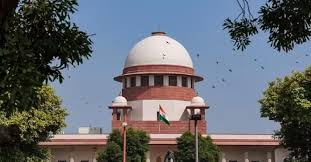




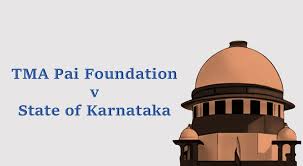

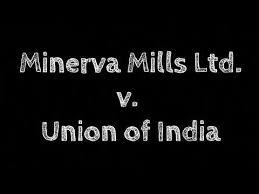
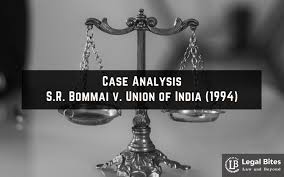








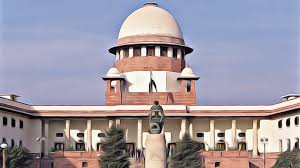

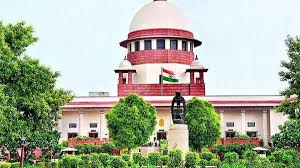








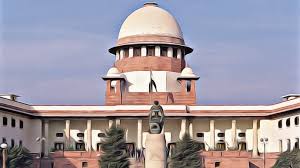




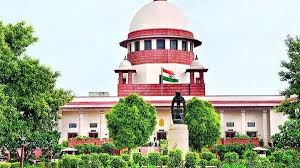




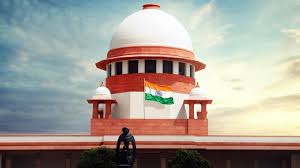



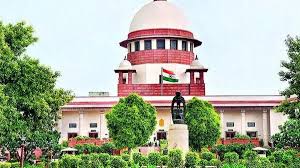

















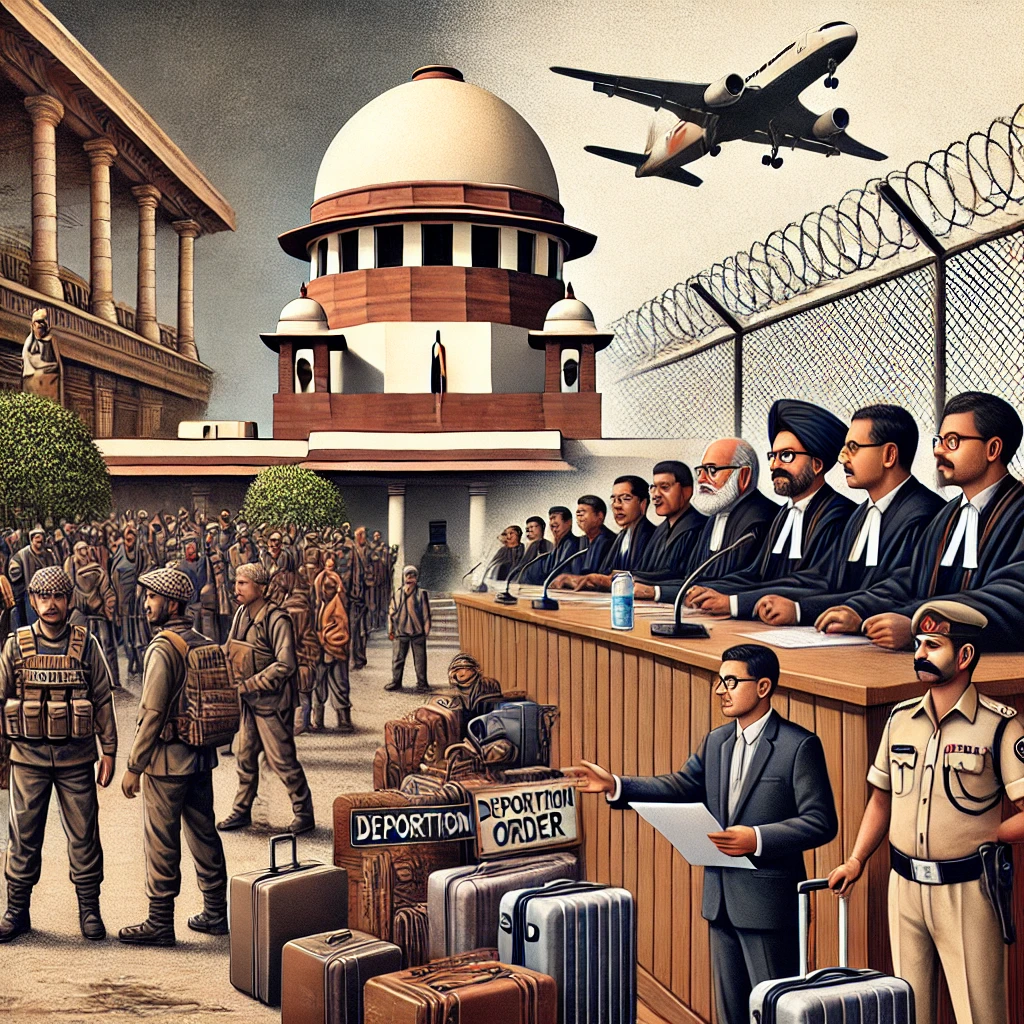
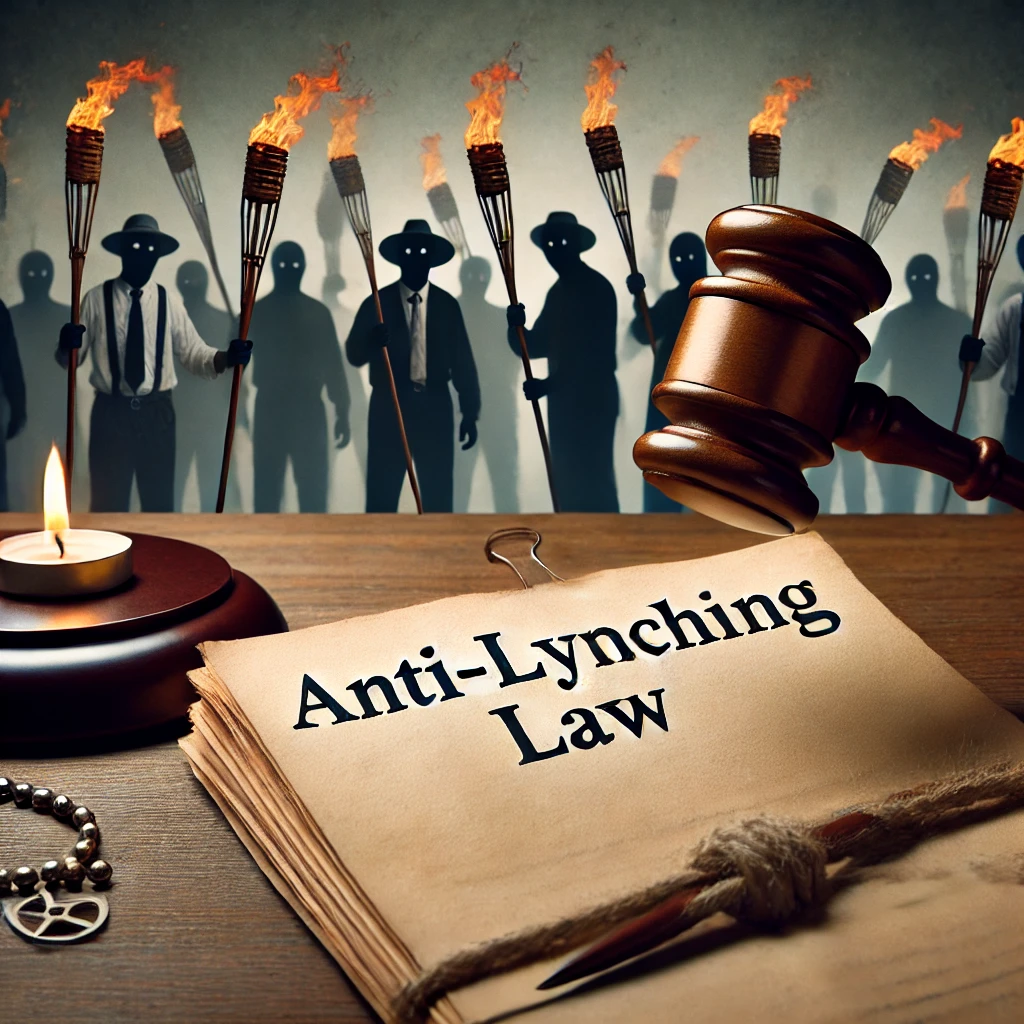
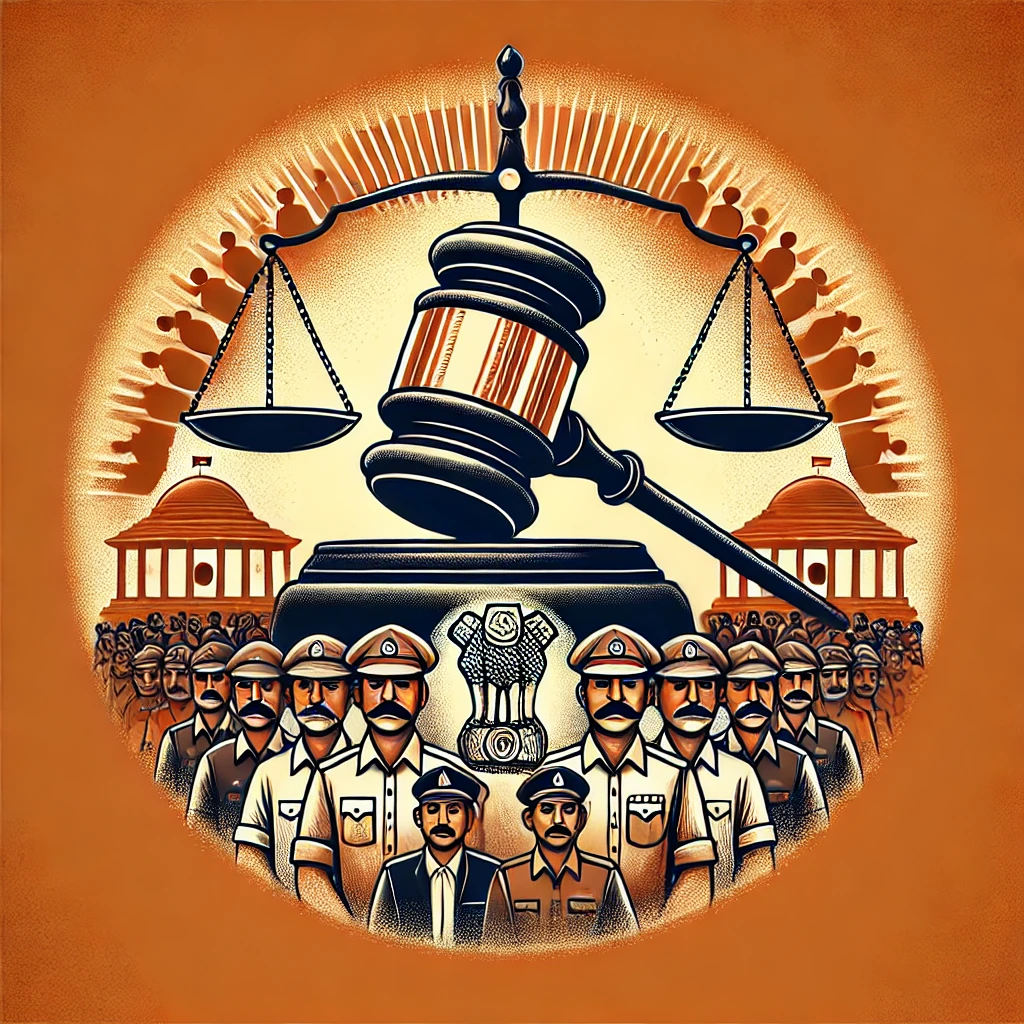


















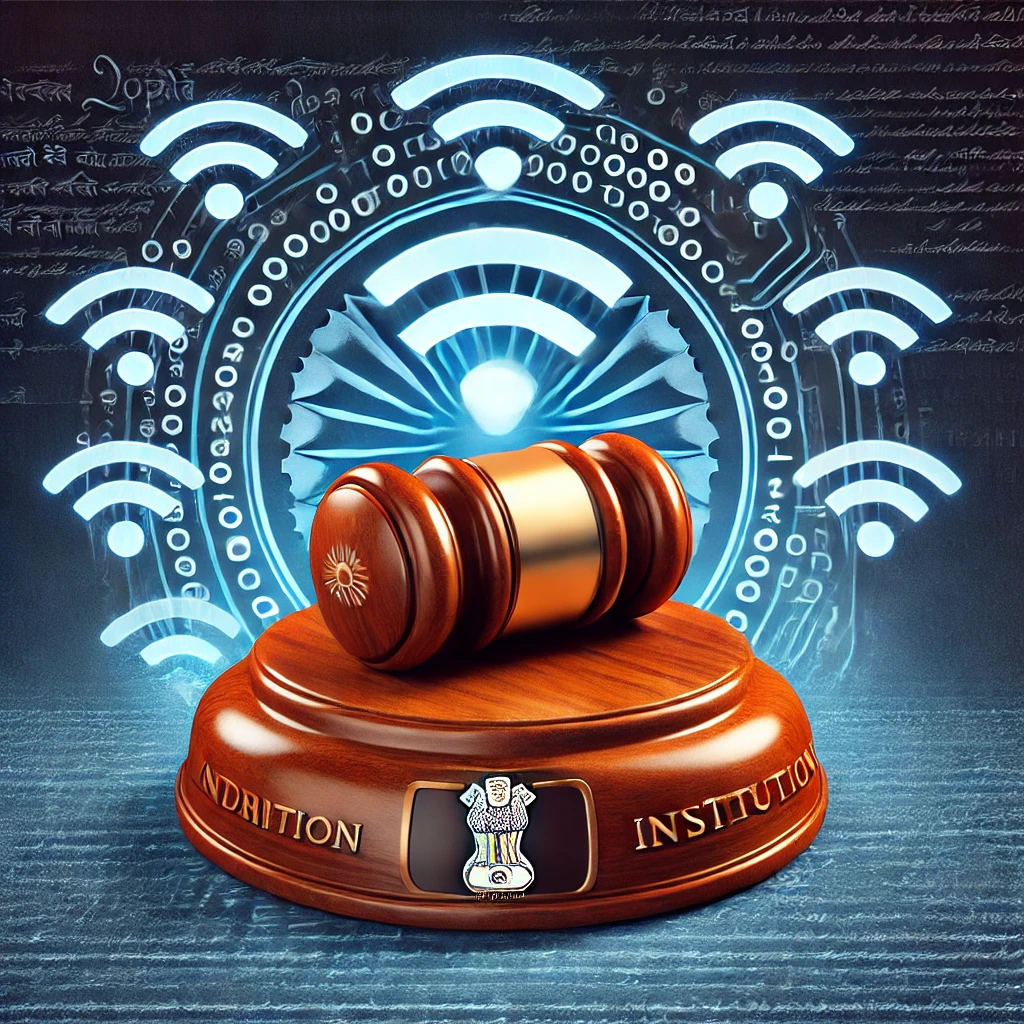




















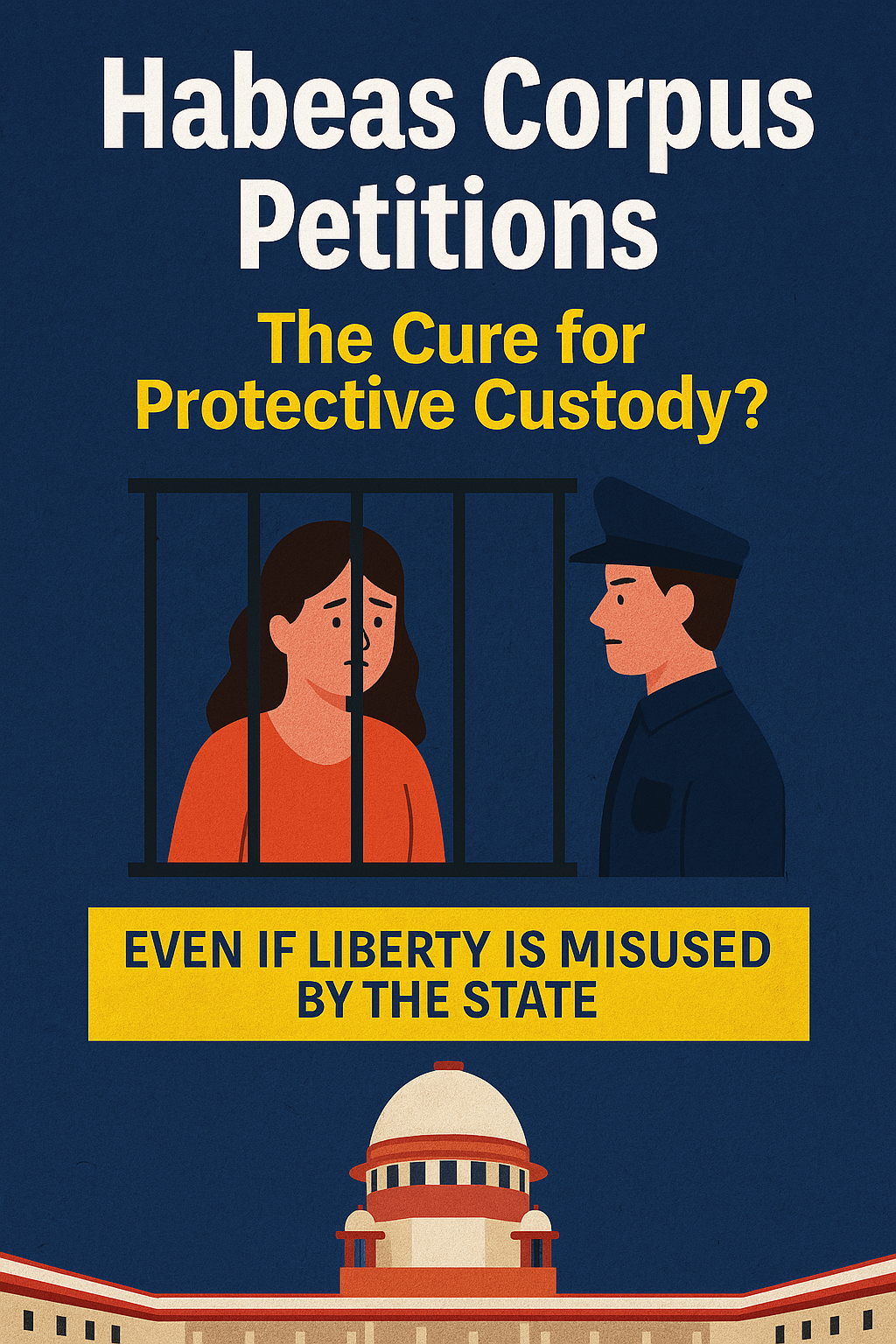













































































































































































































































































































0 comments